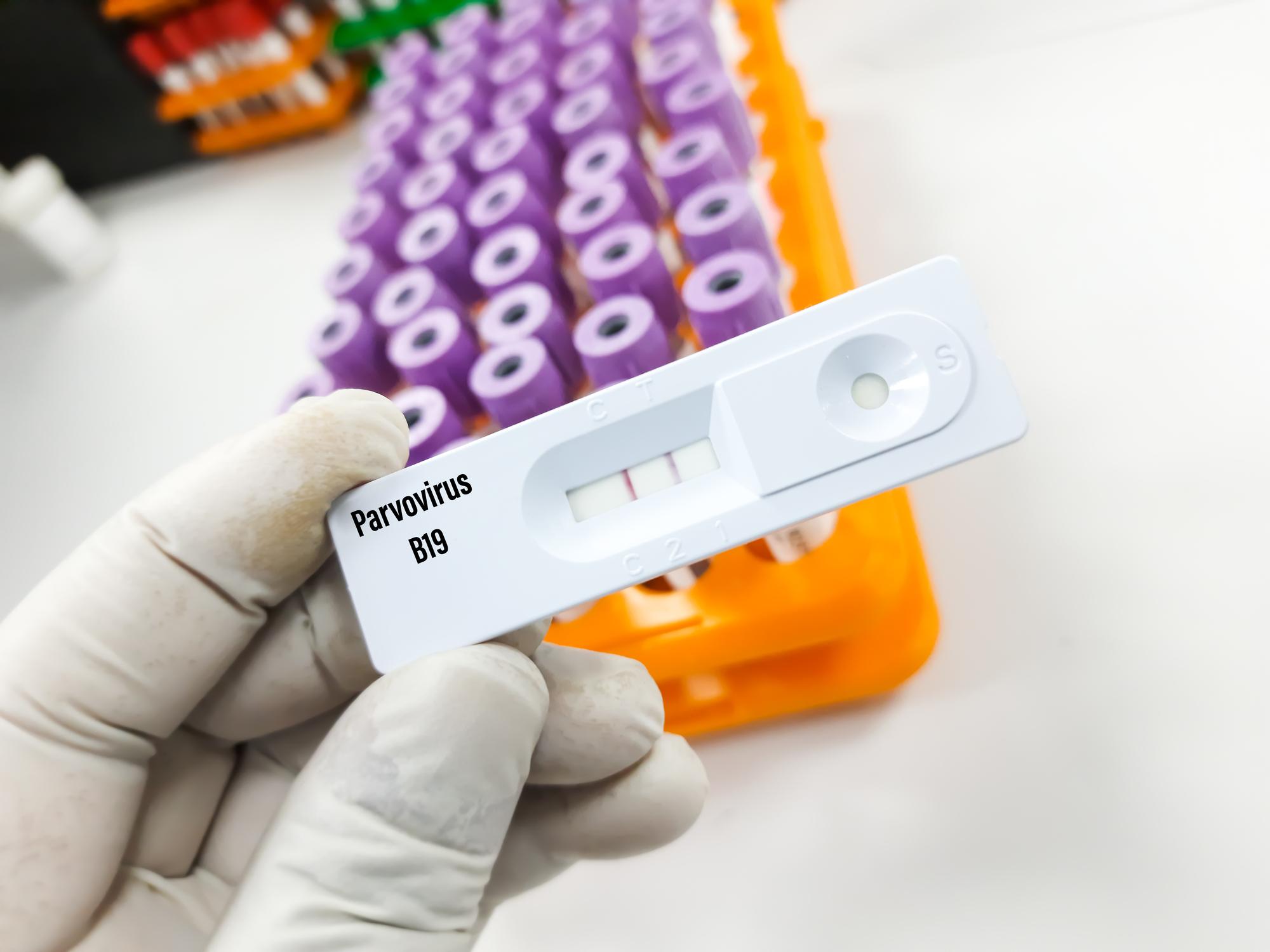The probability of experiencing an epidemic event of the magnitude of Covid could double in the coming decades.

- An individual born in 2000 had a 38% chance of experiencing an epidemic of the magnitude of Covid-19 during his lifetime.
- A new pandemic of a scale similar to that of Covid-19 is likely within 59 years.
The Covid-19 pandemic is arguably the deadliest viral epidemic the world has seen in over a century. But statistically, such extreme events are not as rare as one might think. So says a new analysis of epidemics that have emerged over the past 400 years. In results published on August 23 in the PNASits authors claim that the probability of experiencing an epidemic event such as that of Covid could double in the coming decades.
The likelihood of future epidemics only increases
The researchers suggest that the probability of a pandemic having an impact similar to that of Covid-19 is around 2% each year. This means that someone born in the year 2000 had about a 38% chance of having one. According to them, this probability only increases. Figures that underscore, they say, the need to adjust pandemic risk perceptions and preparedness expectations. “The most important point to remember is that major pandemics like Covid-19 and the Spanish Flu are relatively likelysays William Pan, co-author of the study. Understanding that pandemics are not that rare should increase the priority of efforts to prevent and control them in the future.”
For the study, scientists used new statistical methods to measure the magnitude and frequency of epidemics for which there has been no immediate medical intervention over the past four centuries. Their analysis covered plague, smallpox, cholera, typhus and new influenza viruses. They realized considerable variability in the speed at which pandemics occurred in the past but managed to identify patterns that allowed them to describe the probabilities of events of similar scale occurring again.
The risk of new epidemics could triple
In the case of the deadliest pandemic in modern history, in this case the Spanish flu which killed more than 30 million people between 1918 and 1920, the probability of a pandemic of a similar magnitude occurring varied from 0.3% to 1.9% per year over the period studied. Figures that indicate that it is statistically likely that a pandemic of such extreme magnitude will occur within the next 400 years.
The researchers add that the risk of intense outbreaks is increasing rapidly. Based on the increasing rate at which new pathogens such as SARS-CoV-2 have released into human populations over the past 50 years, the study estimates that the likelihood of new disease outbreaks is likely to triple over the next of the next few decades.
A Covid-19 type pandemic in the next 59 years
Thanks to their mathematical model, the researchers estimate that a pandemic of a scale similar to that of Covid-19 is likely within 59 years. They even went further by going so far as to calculate the probability of a pandemic capable of eliminating all human life, without including this in the study. They estimate this likely within the next 12,000 years.
“That doesn’t mean we can count on a 59-year reprieve from a Covid-like pandemic, or that we’re safe from a calamity the magnitude of the Spanish Flu for another 300 years.recalls Gabriel Katul, co-author of the study. Such events are equally likely in any year during the period. When a 100-year flood occurs today, it can be mistakenly assumed that we can afford to wait another 100 years before experiencing another such event. This impression is false. We may have another 100-year flood the following year.”
.

















